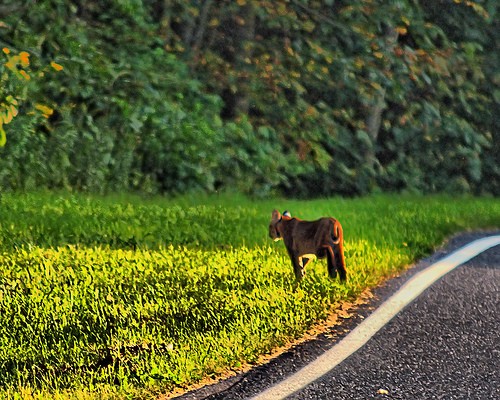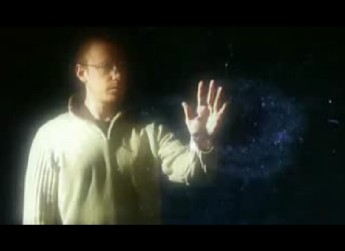Dear Mayor Muller and Council-members,
I am a 14-year resident of Half Moon Bay and retired business executive. I have followed developments in the Beachwood matter and it seems clear that we are on the brink of discovering whether we can continue our normal Coastal lifestyle, in the City that we all love, or whether we are destined to be a bankrupt entity, with the stigma and financial stresses that are manifest in such an event. I am a homeowner and I have little desire to see my home value decline, nor experience the loss of services and other negative impacts that would result from a City-filed bankruptcy. I am sure that all responsible Half Moon Bay residents share these feelings.
Absent any fairy dust coming our way from either Sacramento or Washington, despite the large amounts being generated for other needs, it seems that we are on our own to resolve our situation. "Our situation" is not only the Beachwood matter, but also the significant shortfall in budgeted operating revenues, already announced as $920,000, but which I suspect will creep much higher ($1,500,000?) given the stagnant state of the economy. It could be, that on an annualized basis, we find ourselves $2,500,000 - $3,000,000 in the hole (half for the Beachwood settlement under the existing terms and half for the operating shortfall, in conservative round figures); at least we need to prepare contingency plans for such an eventuality, which I know that the City government is doing under the Council’s direction. This potential $3,000,000 shortfall constitutes about 25% of the City’s 2008/2009 fiscal year budget (balanced on paper at $11.65 million) - a daunting prospect.
The budget document is a comprehensive booklet, but its utility is compromised by events. No one could have predicted the economic meltdown that has overcome the nation and indeed the world, but the assumptions in the budget, in our own little backyard, seem surreal:
No contingency plan for paying the Beachwood settlement; just a hopeful reliance on AB1991;
Optimistic economic forecasts, including increased revenues from such forecasts (+10.5% over the previous year);
Increased total spending, up about 5% (with total personnel costs up 12%, including 3% across-the-board pay increases for all personnel);
Police services expenditures up 10.4%.
All in all, when Beachwood was looming and real, let alone the standard need for prudent budgeting, the budget represents a remarkably cavalier attitude.



